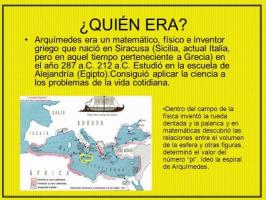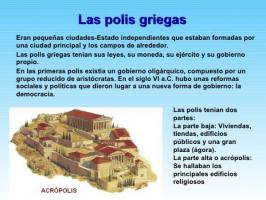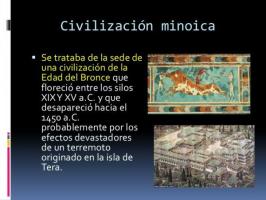Causes and consequences of the Treaty of Corbeil
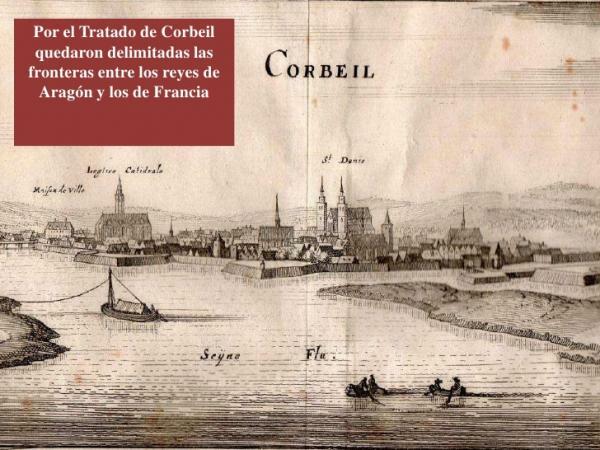
Image: Appointment with history and other narratives
The history of the Iberian Peninsula has been very turbulent throughout its existence, being a region that has been occupied by many of the largest empires in the history of mankind, thereby generating a large number of kingdoms, some with longer duration than others. These regions appeared and disappeared due to wars, and were annexed or separated from one side or another depending on what was signed in the important peace treaties. One of the most important treaties signed in the Peninsula was that of Corbeil and therefore in this lesson from a PROFESSOR we are going to offer you a summary of the Treaty of Corbeil.
The Treaty of Corbeil was an agreement signed in the French city of Corbeil on April 11, 1258 by the kings of Aragon and France. To understand the great importance of this treaty, we must talk about the antecedents of the signatory territories, to understand the motivations of both when signing.
Years before the treaty was signed, the existing territories in the Iberian Peninsula were very different, due in part to the
great muslim rulethat threatened the Visigothic areas of the northeastern part of the peninsula. To meet the Muslim threat, and to expand his territory, Charlemagne made an appearance in the area. The emperor of the Carolingian empire was the main defender of christianity and with his appearance he began to take Christian possessions in the area, expanding his religion. Charlemagne began to create Counties in the areas he conquered, such as that of Barcelona or Gerona, some of these being the territories that would be affected decades later by the Treaty of Corbeil.With the passage of time, the power exercised by the Carolingians over these counties gradually disappeared, with these counties having greater and greater autonomy, reaching a time when the position of count became hereditary, and the counts stopped swearing allegiance to the Frankish king. Even with all this, the reality is that the counties were still legally Frankish, since relations had never been broken in any real way. Over the years these counties finally they joined the Crown of Aragon, one of the most prosperous kingdoms in the area.
Meanwhile, the Franks had become the Kingdom of France one of the most powerful states of the time. The French had united their Frankish rights with the help of the Papacy, creating a very strong alliance that had achieved beat the cathars and to some counts allied with the King of Aragon, who at this time was Jaume i.
Through a series of marriages, France also took greater influence in the county of Provence, Navarra and Castile, surrounding Aragon. For all this, Jaume I had no choice but to look for a pact with the French king, Louis IX.
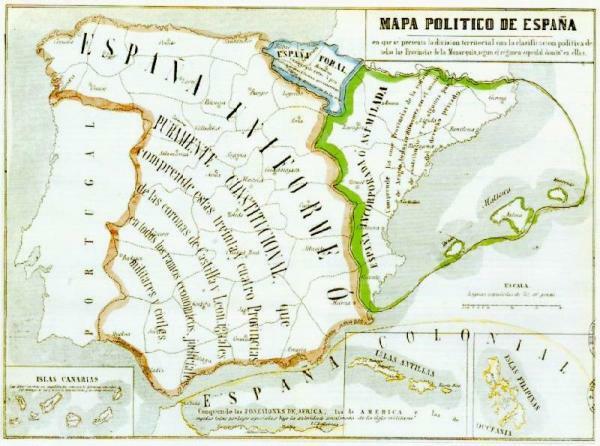
Image: Eldiario.es
To conclude this summary of the Treaty of Corbeil we must talk about the issues that were discussed in the meeting between the men of both Kings, what were the rights in which they were subject and what were the decisions that were taken and ended up being signed in the agreement.
The situation in which Aragon found himself in front of France made Jaume I had to sign an agreement with the French, thereby achieving peace between the kingdoms, although thereby losing important regions.
The main losses of Jaume I were those of the French area called Occitania, the so-called French noon, since the Aragonese king renounced his rights over the area, and any attempt to recover it by force. It should be noted that Jaume I's rights to this area were quite virtual, since there were not too many compelling reasons to think that he had greater rights over them than the French. Among the regions that Jaume I renounced were the following: Fenolleda, Perapertusés, Tolosa, Quercy, Narbona, Albi, Carcassonne, Rasés, Béziers, Termes and Menerbés.
On the other hand, the king of France, Louis IX renounced the rights to the counties of the northeast area of the Peninsula, which were legally owned by the Franks, since they had never really separated from the Carolingians. These rights were also somewhat virtual, since the French called themselves successors to the Carolingians and believed that their territories were theirs. It should also be noted that many of the counties had not been in contact with the French for years, and they had not sworn allegiance to the Franks for centuries, so they could be considered to have become independent from they. Even so, some of the counties that Louis IX resigned were the following: Barcelona, Ampurias, Besalú, Cerdaña, Conflent, Gerona, Osona, Roussillon and Urgel.
To conclude the treaty it was decided that Jaume I's daughter, Isabel, would marry Felipe, the successor of Louis IX. With this, a peace was created between both regions, achieving that France will cease to have influence in the County of Barcelona and that the conflicts between Aragon and France over the French Midi disappear. The peace between both regions It was maintained for years, thanks to the marriage created in the pact, but the closeness between the two powers again caused conflicts a short time later.

